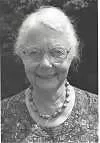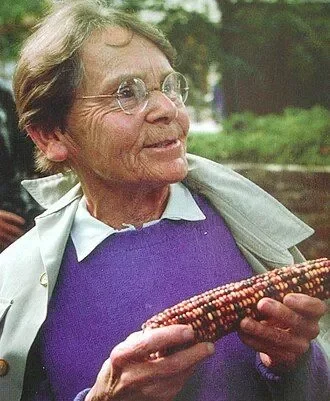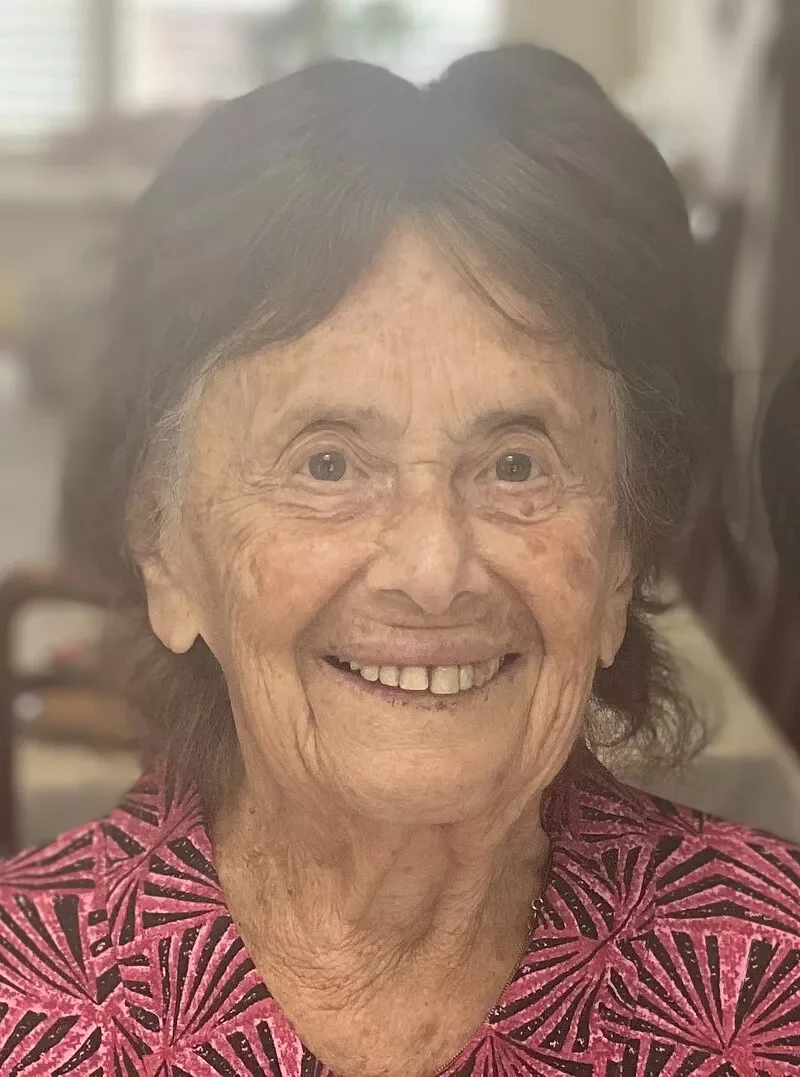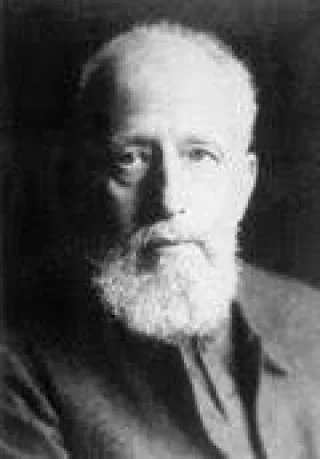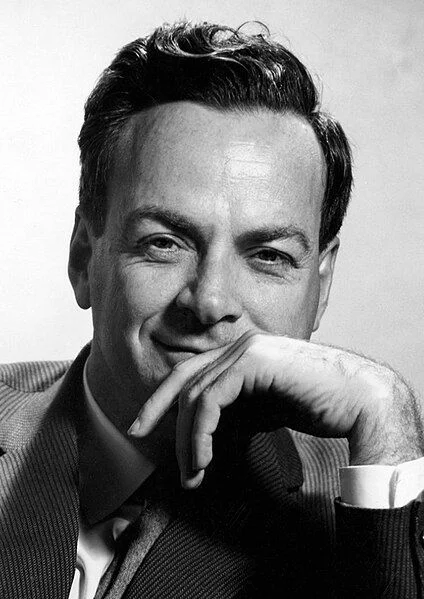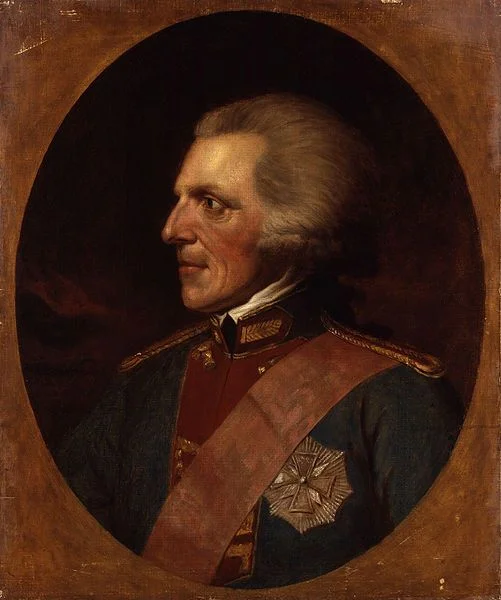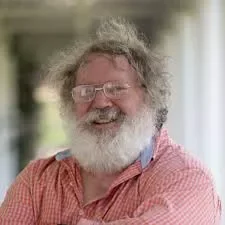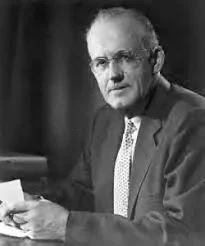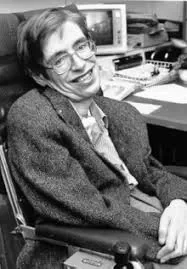Real Celebrities Never Die!
OR
Search For Past Celebrities Whose Birthday You Share
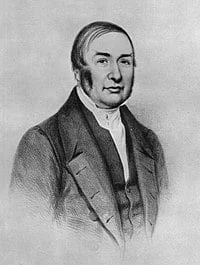
source:wikimedia.org
James Braid
Birthday:
19 Jun, 1795
Date of Death:
25 Mar, 1860
Cause of death:
Heart failure
Nationality:
British
Famous As:
Hypnotherapist
Age at the time of death:
64
James Braid, born on June 19, 1795, in Ryelaw House, in the parish of Portmoak, Kinross-shire, Scotland, is renowned as the father of modern hypnosis. Over the course of his life, Braid made significant contributions to the field of hypnotism, expanding its scientific understanding and application. His diligent research and numerous publications have left a lasting impact on the field.
Early Life and Education
There is not much known about Braid’s early life before entering the medical profession. He reportedly hailed from a humble background, and his family were farmers. In 1812, he began his formal medical education at the University of Edinburgh, where he studied medicine and surgery. Braid later moved to Liverpool, where he established a successful medical practice.
Introduction to Hypnotism
Braid’s interest in hypnotism began in the early 1840s when he attended a demonstration by Charles Lafontaine, a mesmerist. Intrigued by Lafontaine’s ability to induce a trance-like state, Braid started his investigation into this fascinating phenomenon. He sought to differentiate mesmerism from a more natural and physiological process, which would later lead to the coining of the term “hypnosis.”
Key Contributions to Hypnosis
James Braid introduced several key concepts and techniques that revolutionized the understanding and practice of hypnosis. In 1843, he published his landmark work, “Neurypnology, or The Rationale of Nervous Sleep, Considered in Relation with Animal Magnetism,” which outlined his findings and theories. This influential publication helped establish hypnosis as a scientific discipline.
James Braid's Quote's
Medical Career and Personal Life
Braid was not only a diligent researcher but also a respected medical practitioner. He married Margaret Mason in 1818, and the couple had several children. Braid’s medical career flourished in Liverpool, where he earned a reputation as an esteemed surgeon. He was actively involved in medical societies and delivered numerous lectures on mesmerism, neurology, and ophthalmology throughout his life.
Later Years and Legacy
In his later years, Braid traveled extensively, sharing his insights on hypnosis and lecturing to both medical professionals and the general public. He aimed to dispel misconceptions and promote the scientific understanding of this unique psychological phenomenon. Braid was deeply involved in hypnotism until his last days.
He died on March 25, 1860, due to heart disease. James Braid’s contributions to the field of hypnosis remain highly influential. By differentiating hypnosis from mesmerism and providing a more scientific framework, he laid the foundation for the modern study and practice of hypnosis. His emphasis on suggestion and understanding the dynamics of the trance state provided valuable insights for future researchers and practitioners.
Name:
James Braid
Popular Name:
James Braid
Gender:
Male
Cause of Death:
Heart failure
Spouse:
Place of Birth:
Portmoak, Kinross-shire, Scotland
Place of Death:
Chorlton-on-Medlock, Manchester, England
Occupation / Profession:
Personality Type
Consul: Extraordinarily caring, social and popular people, always eager to help. He was extremely compassionate and assisted people through hypnosis.
He successfully used hypnosis to treat various medical conditions, including paralysis, rheumatism, and aphasia, demonstrating its therapeutic potential.
Braid discovered that hypnosis could be induced through self-hypnosis, proving it didn't require an operator's magnetism or charisma.
Despite having no formal scientific training, Braid's work laid the foundation for the scientific study of hypnosis and influenced later developments in psychology and psychotherapy.
James Braid coined the term "hypnosis" and is considered the father of modern hypnotism, distinguishing it from mesmerism and establishing it as a scientific field of study.
He is regarded as the first genuine “hypnotherapist”
